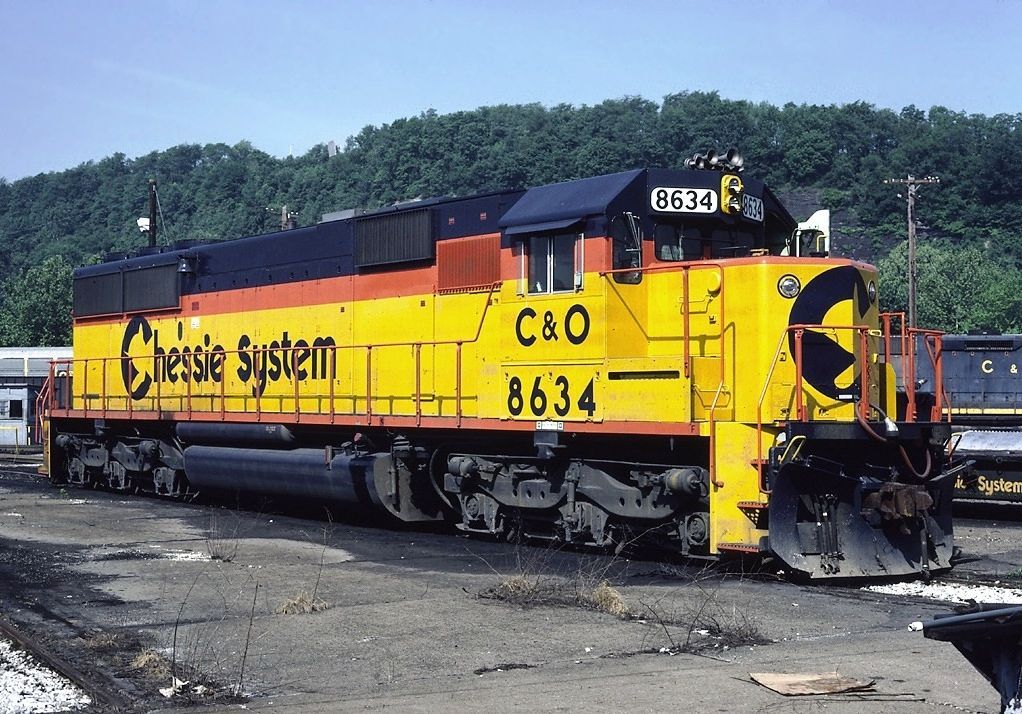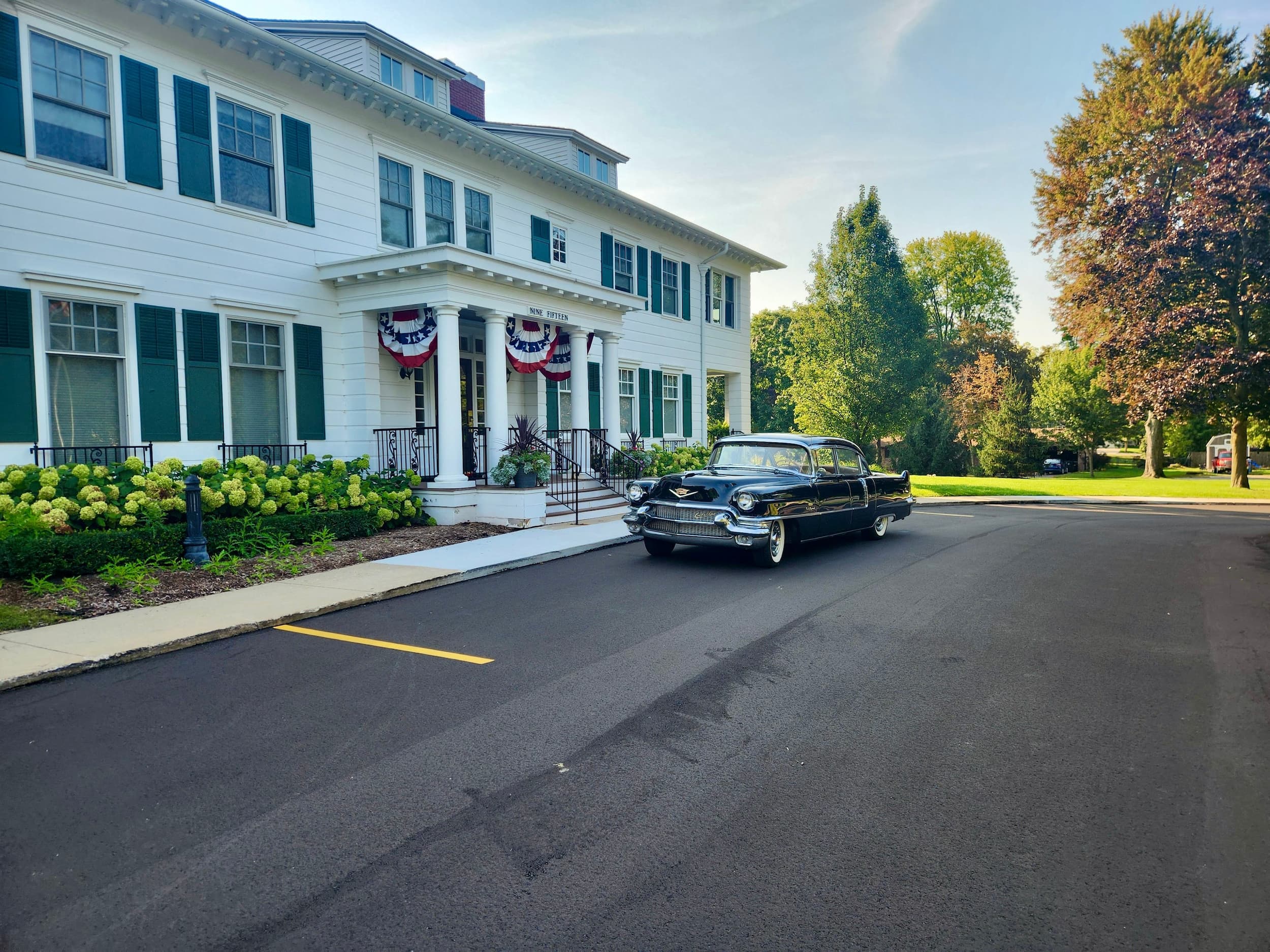Posted in Uncategorized

Is Your Company Nostalgic?
It should be. (Well, that was a short article!) Seriously, why should your company be nostalgic?
It has to do with the US trademark system. Essentially, the trademark law in the US can be condensed to a common phrase: Use It or Lose It.
Use It or Lose It
Of course, trademark law is a tad more complicated than that. The basic premise behind trademark law is that trademarks (and service marks) are to be actively used in commerce. Otherwise, one could sit on any number of trademarks. That would keep them from others’ use and negatively impacting the economy.
Why Use or Lose is a Good Thing
Use or Lose returns unused marks to the public, allowing new businesses to pick them up, dust them off, and get them back in the game. The trademark system essentially is one where recycling is encouraged! This contrasts heavily with patent law, where recycling is frowned upon (to say the least)!
As with most things in the law, there is always a “but” or “however”. Here, that means just because a mark is no longer registered with the USPTO, that does not mean it is available or permissible to use it. More on that below!
What’s Nostalgia Got to do With It?
Many companies have a history, with it can come a number of trademarks. This history can include acquisitions, mergers, takeovers, and other heritage that over time accumulates.
First, it’s important to understand and know the status of these trademarks. These are some of the questions to be asked: How many are there? Are they all being used currently in commerce (likely some may not be)? Is anyone else using them? Is that causing confusion in the marketplace?
Bring the Past to the Present and the Future
Second, can the company use these marks and keep them alive? Once the status of these historical marks is known, the next question is: How can using the marks help the company now and in the future. Nostalgia is a powerful thing. One could call it “retro” or a number of other terms. Not sure what I mean? Here are a few examples:
Railroad Heritage Units
A while back I stumbled across a YouTube channel called Virtual Railfan. If you’re not familiar with this channel, it involves quite a few cameras set up near railroads to record train activity. Railfans often enjoy watching and recording trains. One thing I see is a number of “heritage” units (locomotives) in the colors of defunct railroads, with their corresponding trademarks. Many of these marks are in use by their parent railroads, not just on actual locomotives, but also in the model railroad and memorabilia markets.

Image Credit: Jesse Svoboda
For example, CSX is a present-day railroad that acquired the C & O railroad, including its famous “Chessie” logo, as well as other railroads. By continuing to protect the Chessie System mark by maintaining its registration, CSX is making the most of its history. Railfans love the Chessie logo and color scheme, and many models and related merchandise are produced with that logo to this day, no doubt licensed by CSX to various manufacturers.
An Unregistered Mark Still has Common Law Rights
Some of these heritage marks are active (or “live) marks and owned by their parent railroads. Others are still being used by their parent railroads but are no longer registered. These marks have common law rights in the marks, possible copyright, and goodwill as well.
Defunct Airlines & Auto Brands
I’ve also noticed a number of airliners painted in defunct airline colors and logos, being operated by their current parent airlines. For example, American Airlines is operating at least one airliner painted in the livery of PSA (Pacific Southwest Airlines) and United Airlines is operating at least one airliner painted in the livery of Continental Airlines, among others.
Both of the defunct airlines at least have common law rights in the respective trademarks, as well copyright and goodwill. For the same reasons as the railroads, these airlines have realized the value not only for the nostalgia factor but also in producing and licensing products using the defunct airline liveries. For example, model airplanes, flight simulator programs, and clothing.
More examples abound, once you start looking for them. Automotive brands are another fertile ground. How many brands can you think of? Plymouth, Pontiac, Mercury, Oldsmobile, Hummer (well, GM has resurrected that brand recently), AMC, International, and so forth. While the trademarks may not be alive, there are still common law rights, copyright, and goodwill present in those marks.

AA-PSA Livery. Image credit: Jet Photos
The Bottom Line
It’s important for companies to fully explore, understand, and preserve their histories. That includes trademarks and other related IP that can provide continuing value to the company, tap into the nostalgia wave, and prevent others from picking up long abandoned and disused marks and other IP.
Worried about others picking up your IP, profiting from it, and confusing your customers? Contact your IP professional. I discuss how to protect your IP – past, present, and future – on my website.


